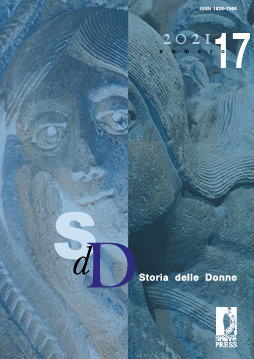Published 2022-07-26
Keywords
- sacred spaces,
- female blood,
- impurity,
- Mount Fuji,
- Fujizuka in Edo
- Japan ...More
How to Cite
Abstract
The custom of prohibiting women access to sacred sites (nyonin kekkai) goes back to the ninth century Japan, when female exclusion was first adopted in a Buddhist temple on Mt. Hiei, near the imperial capital Kyōto. It was later extended to most of the sacred mountains, paralleling the association between impurity and blood of parturition and menstruation. Criticism of nyonin kekkai developed within the cult of Mt. Fuji which proliferated in and around Edo, the seat of shōgun’s government between 1603 and 1867. Here, miniature Fuji replicas (Fujizuka) that could be climbed by both men and women started to be built from the second half of the eighteenth century, while more and more women pilgrimaged to the real mountain, secretly trying to cross the border of the forbidden area and even to climb to its summit. Indeed, nyonin kekkai in Mt. Fuji dissolved about a decade before the new Meiji government formally abolished it in 1872. Nevertheless, the custom of banning women from sacred sites was not completely eradicated, nor were the ideas of women’s pollution and impurity overcome in modern Japan.


